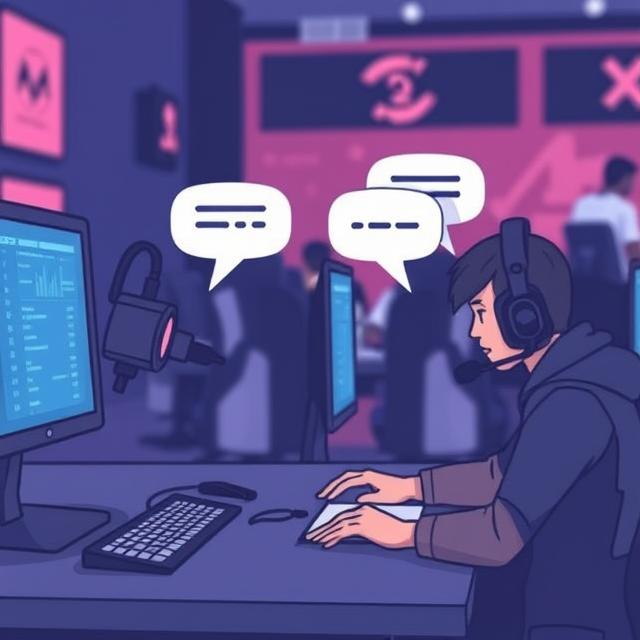Effective communication is key in team-based multiplayer games. But should that communication be verbal or non-verbal? Voice chat offers precision, while ping systems offer safety and accessibility. Let’s break down the strengths of both.
Voice Chat Advantages
Voice chat allows for real-time coordination. In games like Rainbow Six Siege or CS:GO, quick callouts (“One long!”, “Rotate B!”) can turn the tide. It’s fast, nuanced, and allows players to strategize dynamically.
However, voice chat is also a source of toxicity, distractions, and exclusion—especially for women, younger players, or non-native speakers. Not everyone wants to be on mic with strangers.
Ping Systems Advantages
Games like Apex Legends revolutionized non-verbal comms with contextual pings: “Enemy here,” “Loot here,” “Let’s move there.” These tools allow complete coordination without speaking, and are inclusive by design.
Ping systems reduce language barriers and can be accessed by anyone. They’re also safer—free of verbal abuse or background noise—and often faster for specific commands.
Best Practice: Both Systems Together
The ideal setup offers both. Let players choose. Games like Valorant and Overwatch 2 use hybrid systems, allowing players to ping objectives or type macros while also enabling mic use for those comfortable with it.
The future isn’t about choosing between voice or pings—it’s about designing for player agency and communication diversity.

Leave a Reply